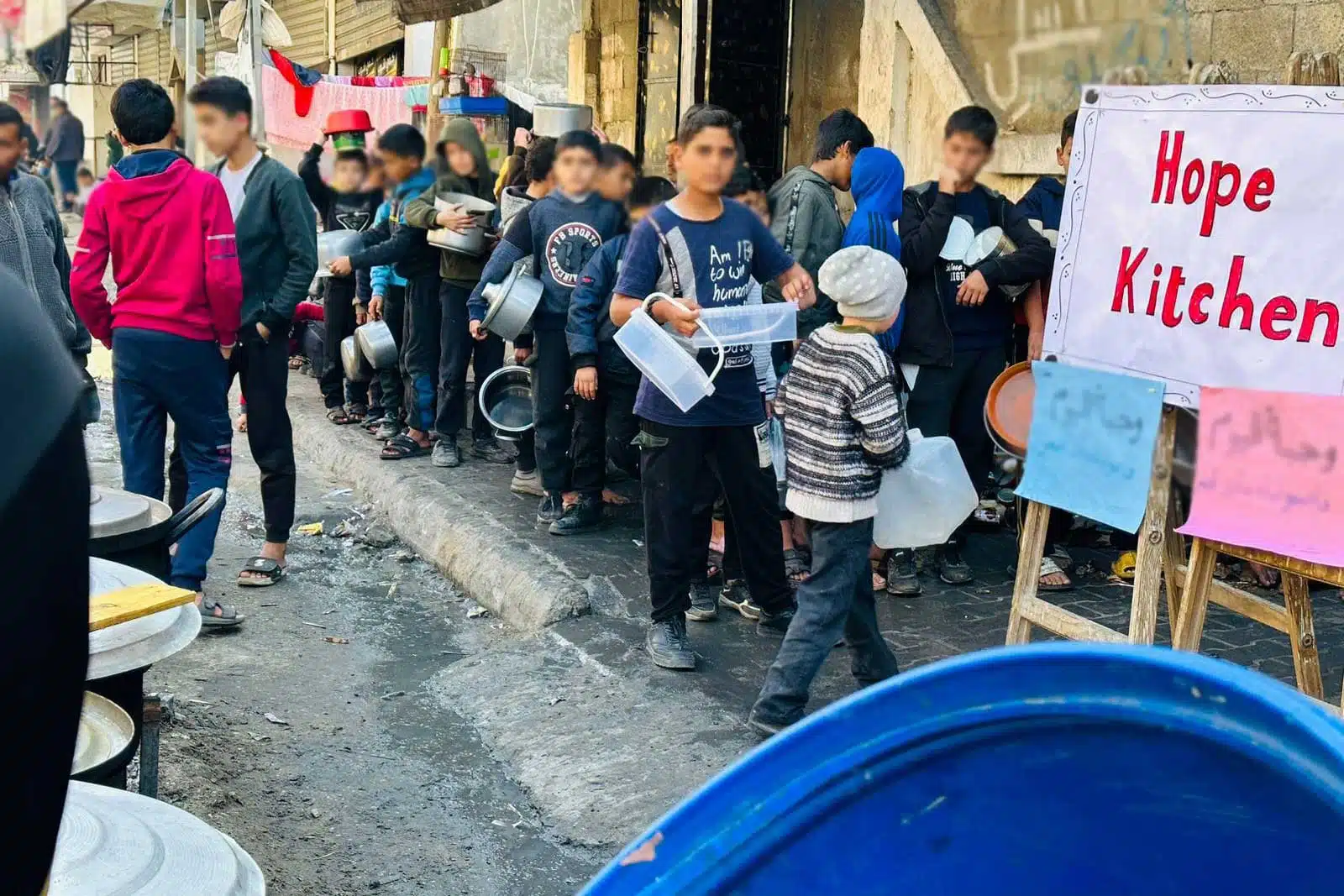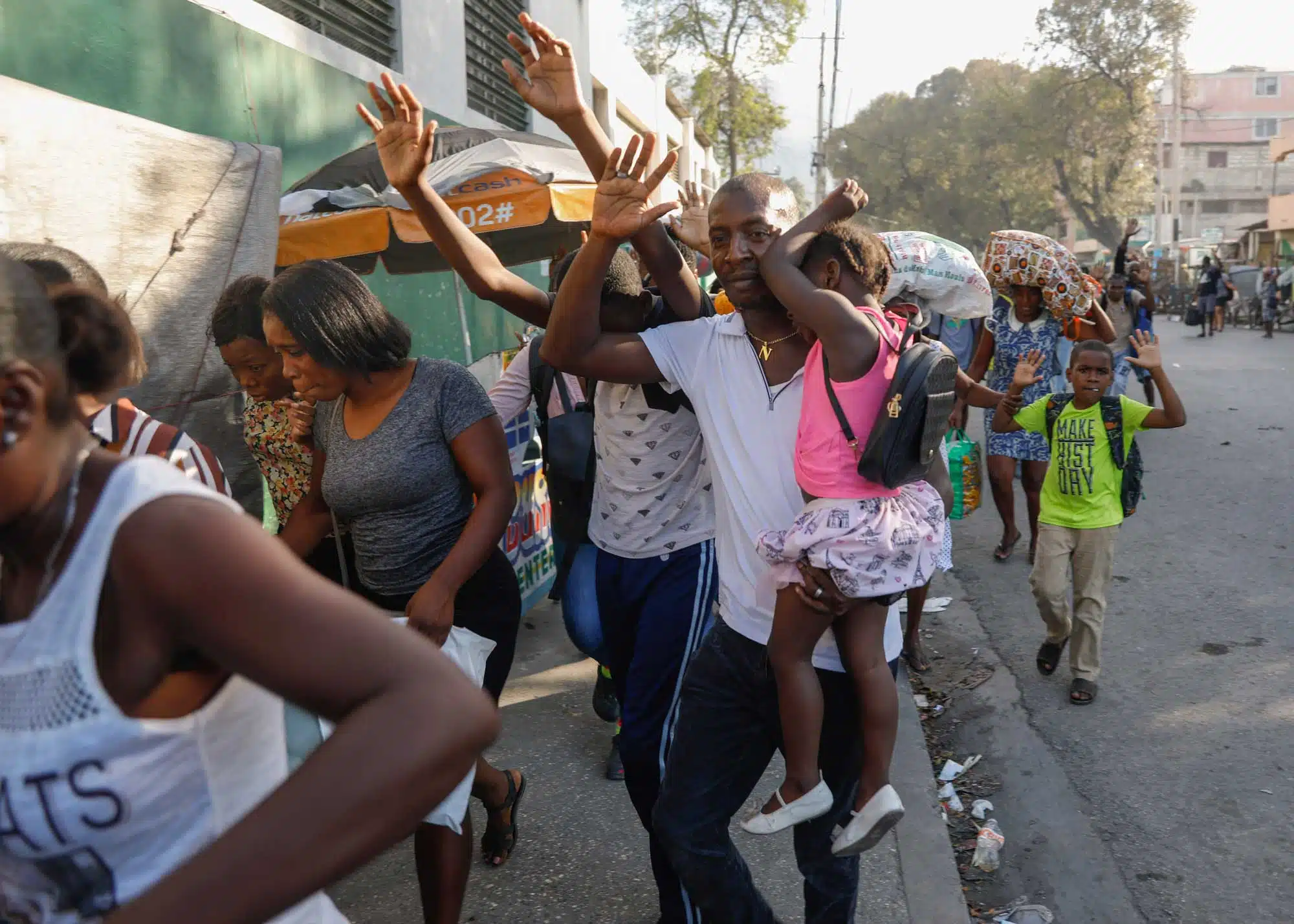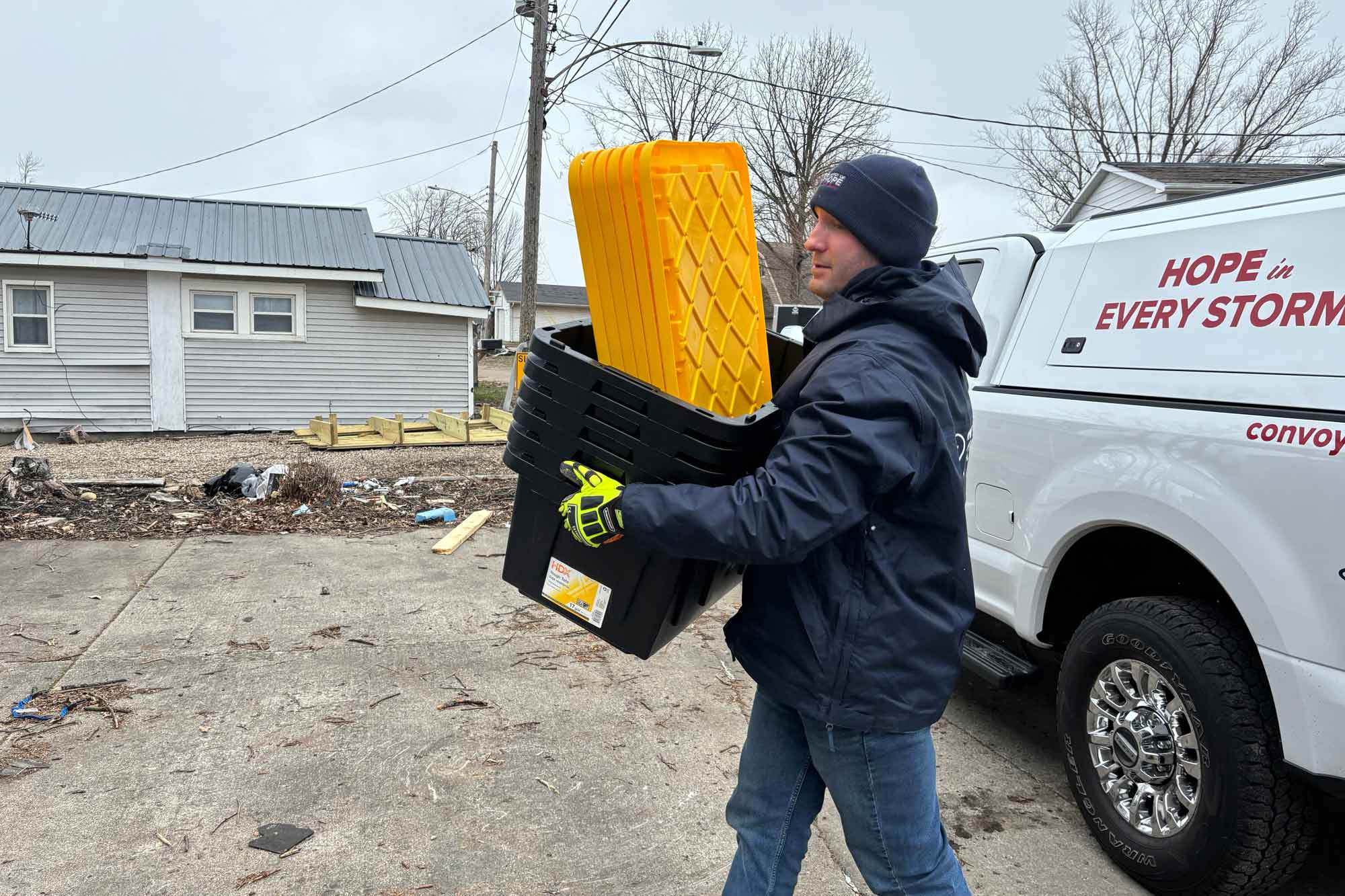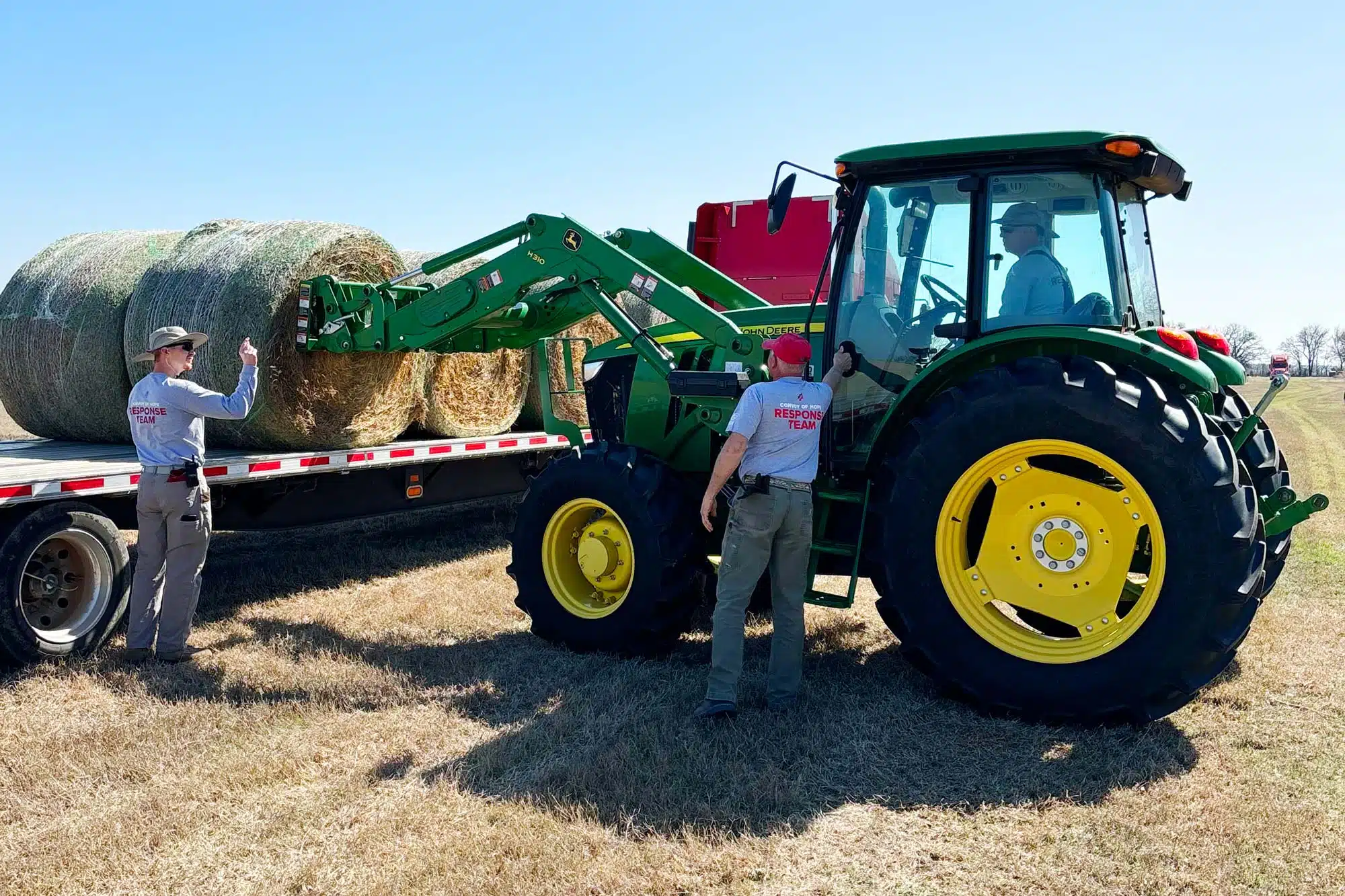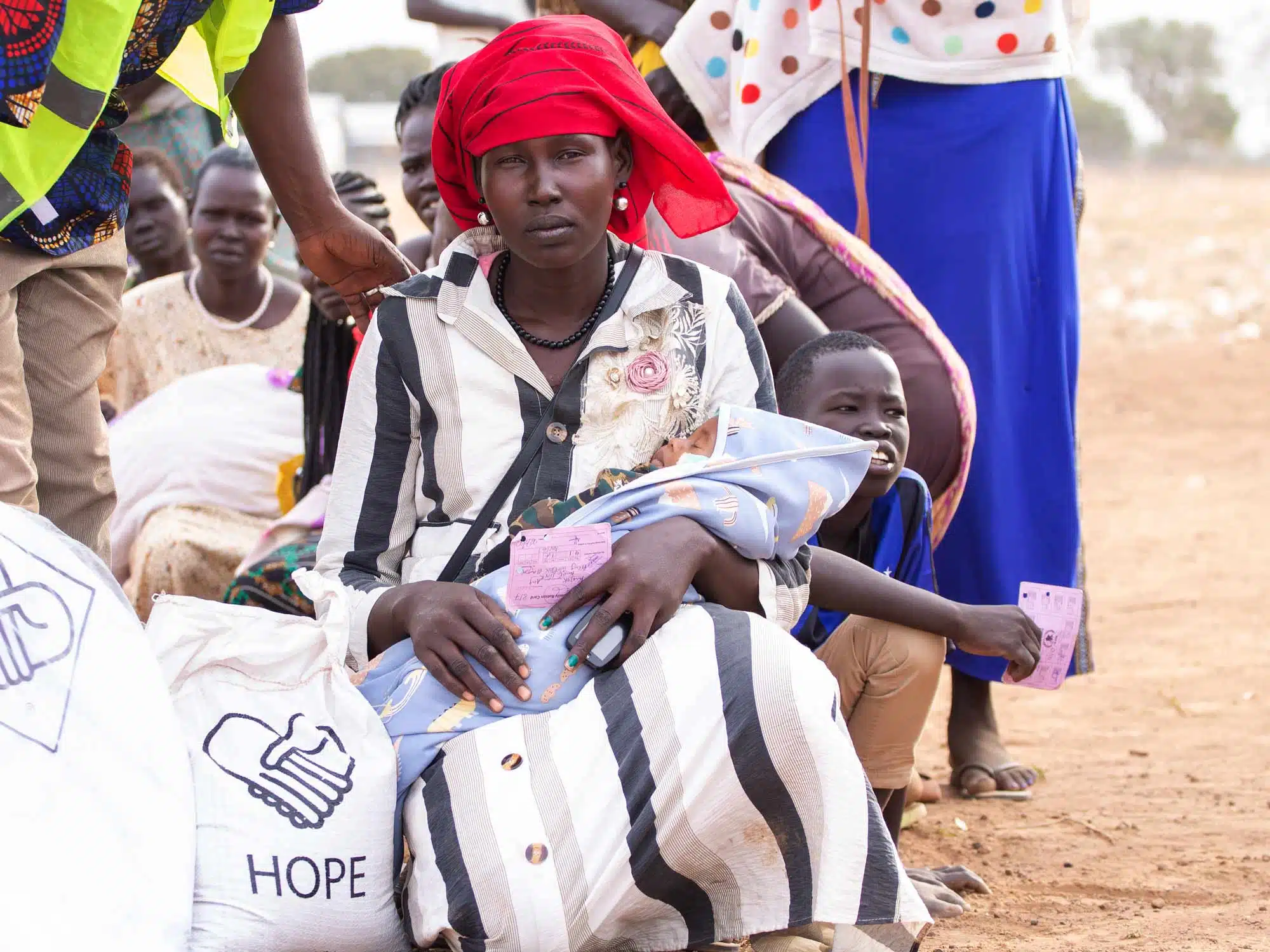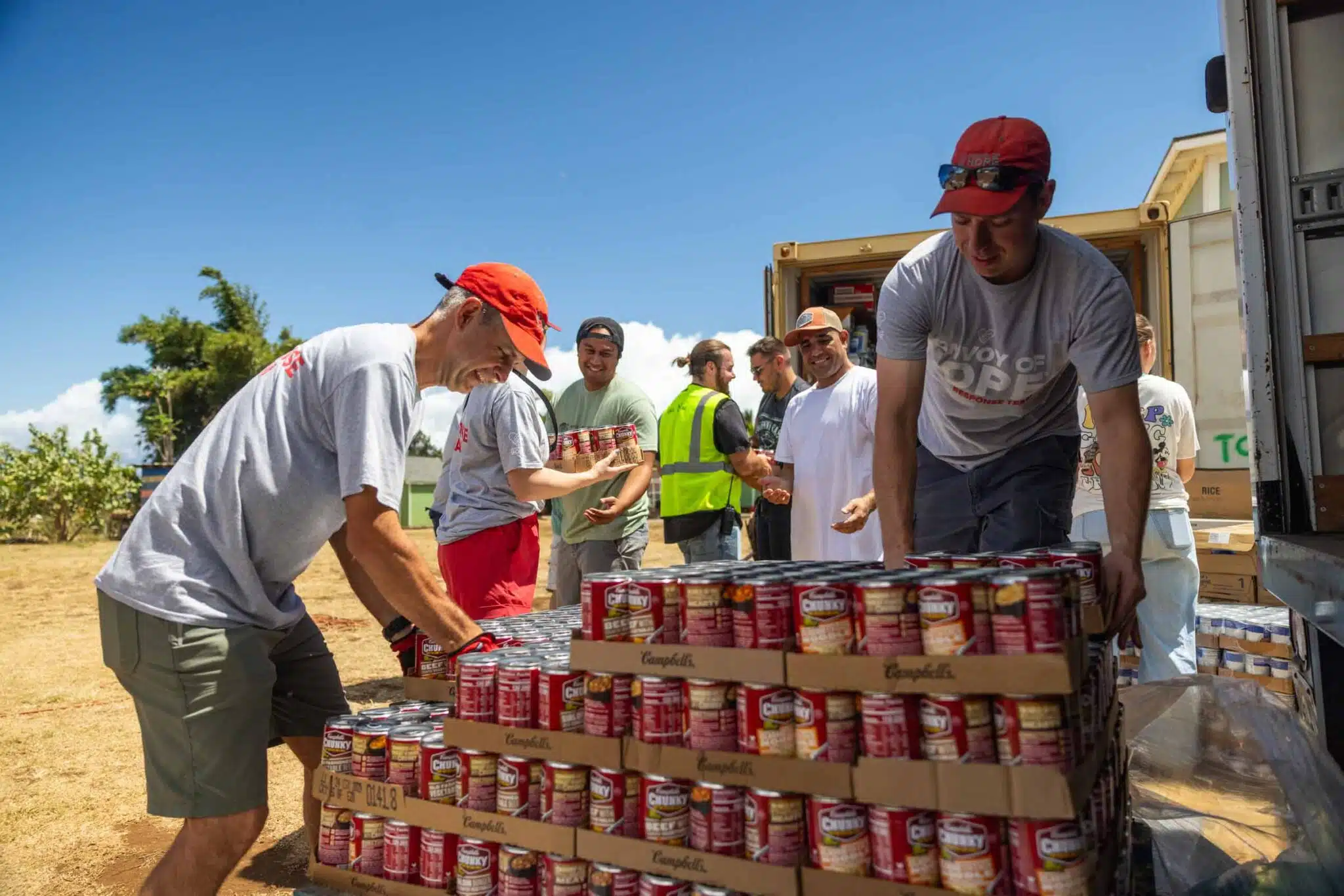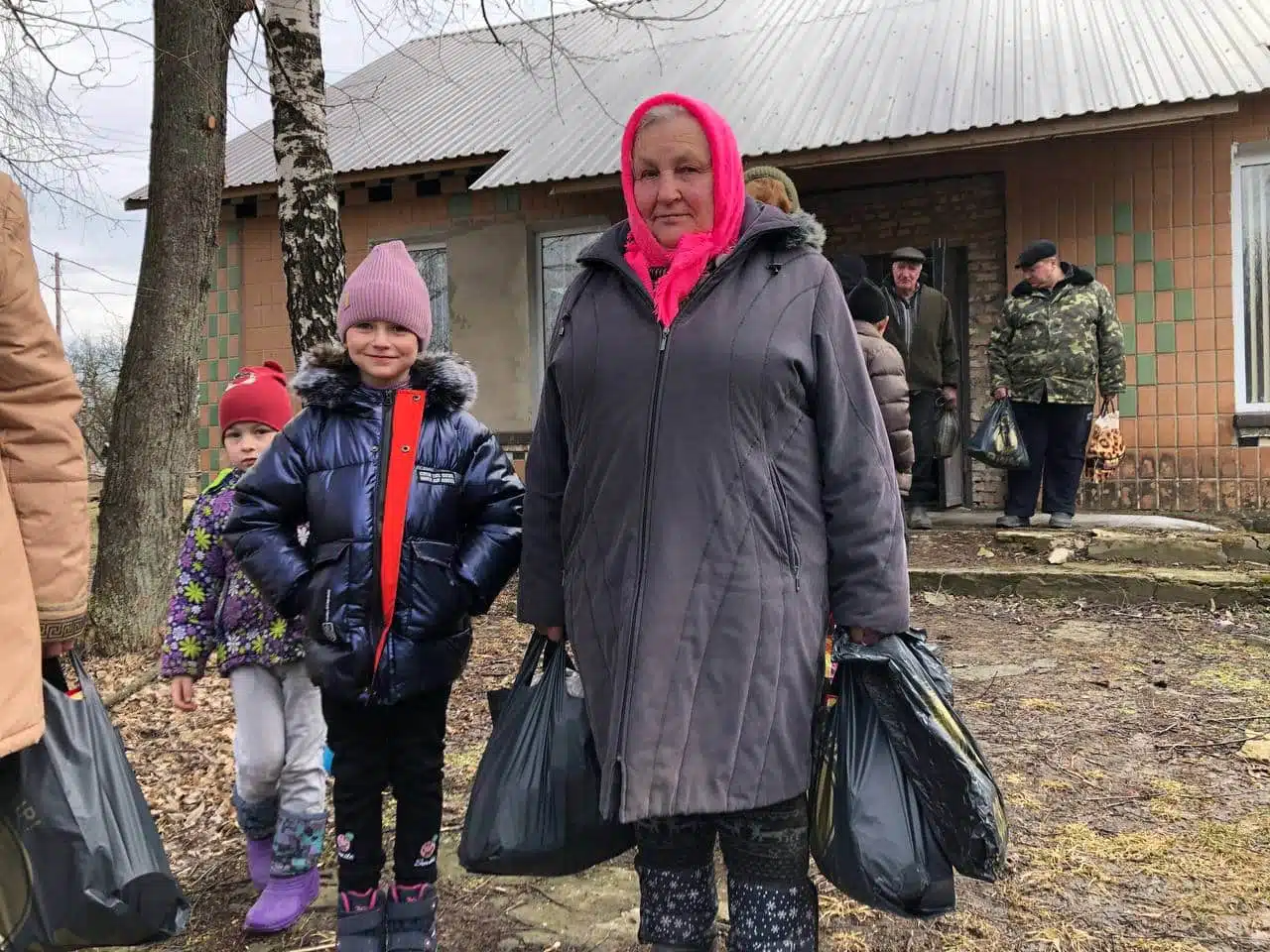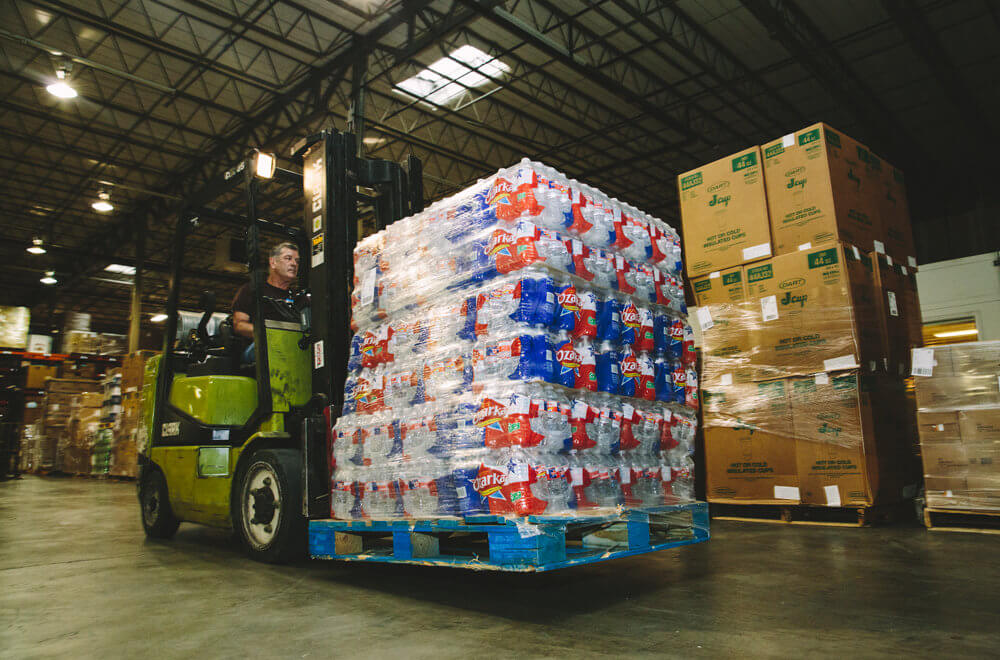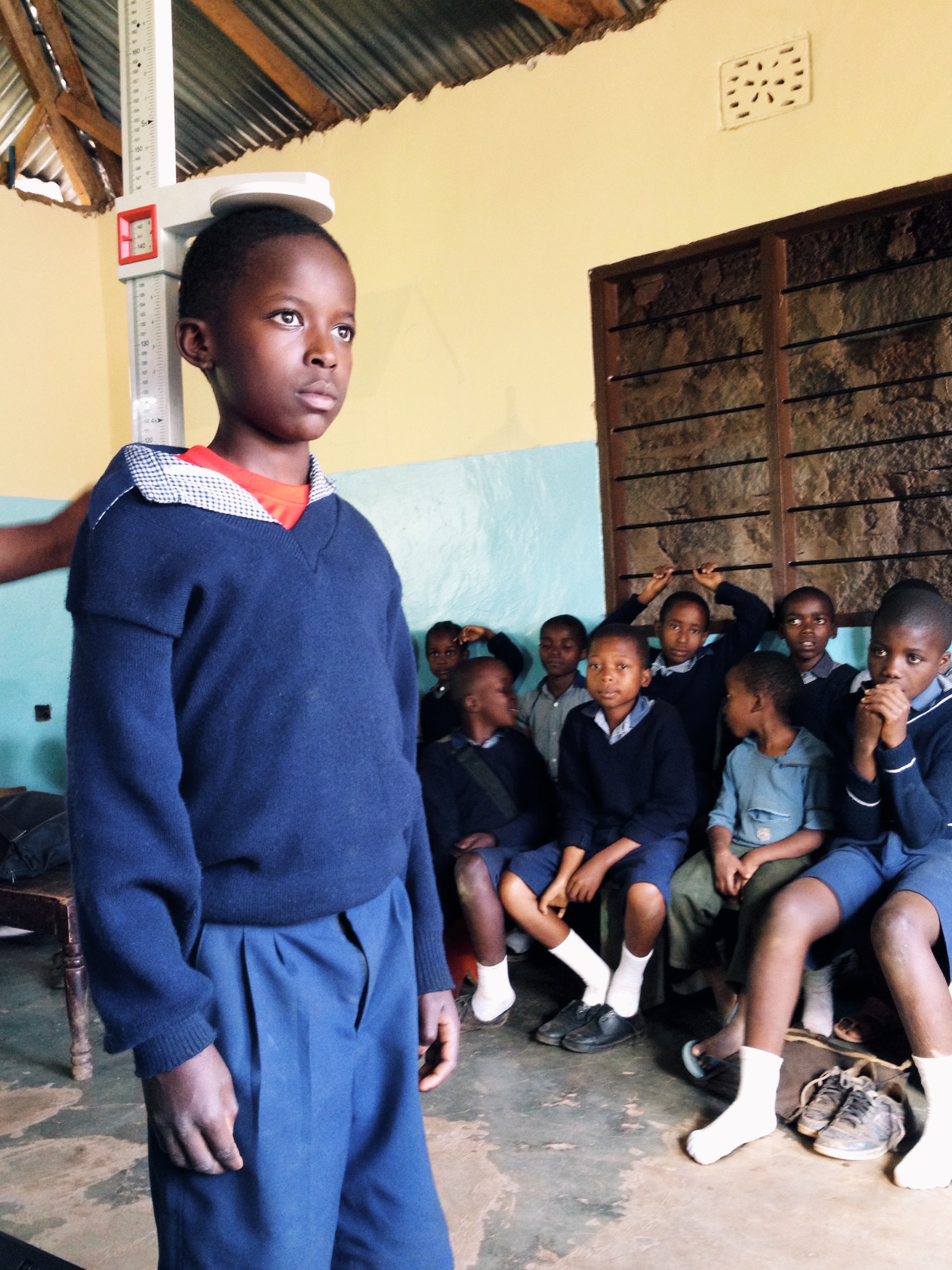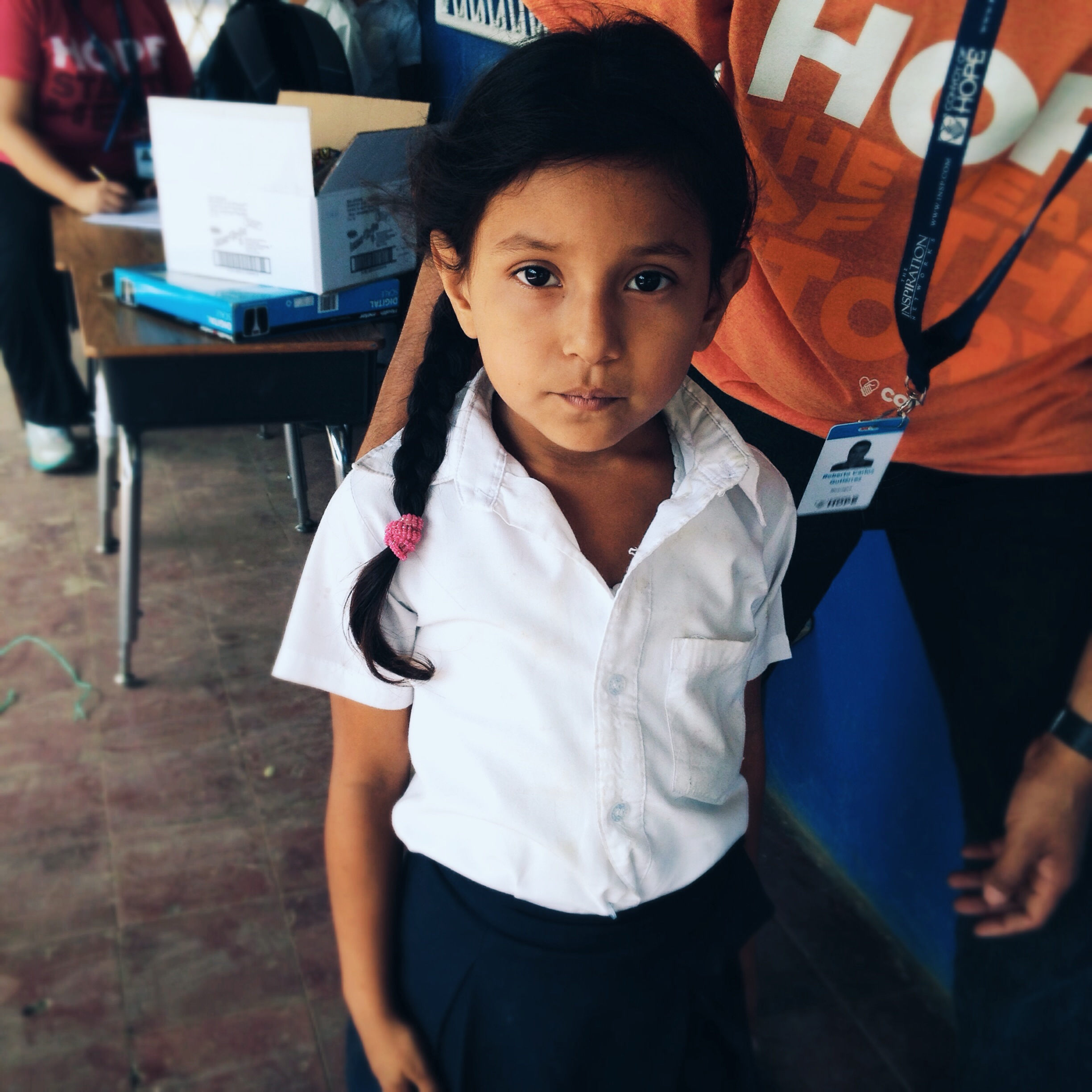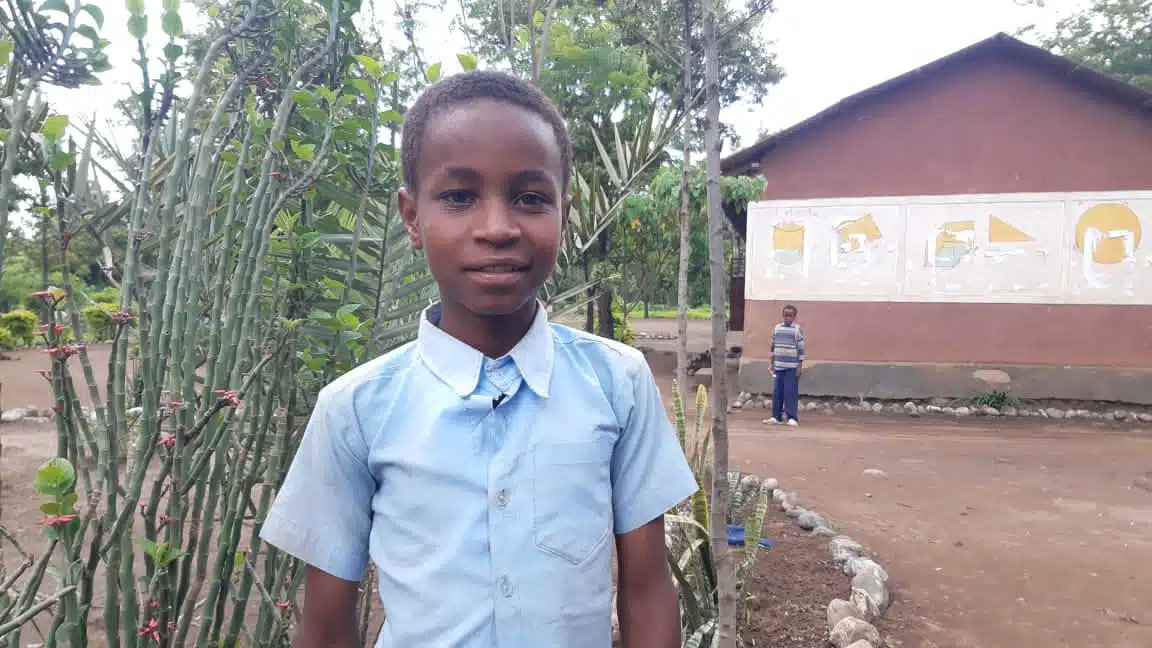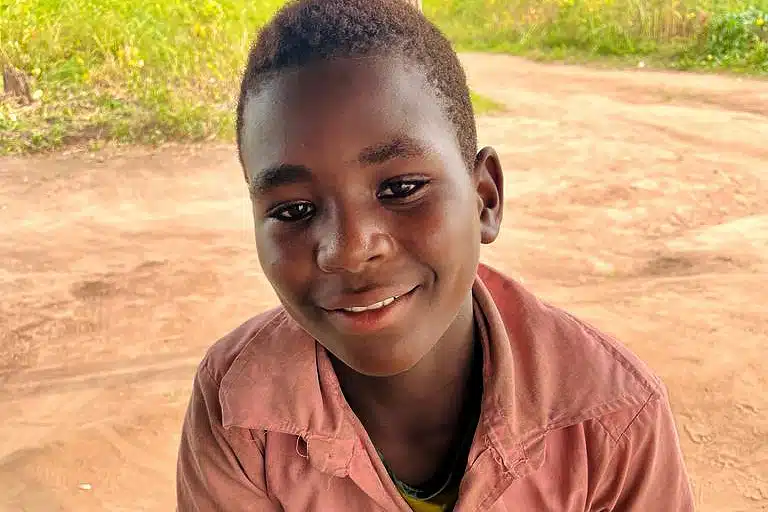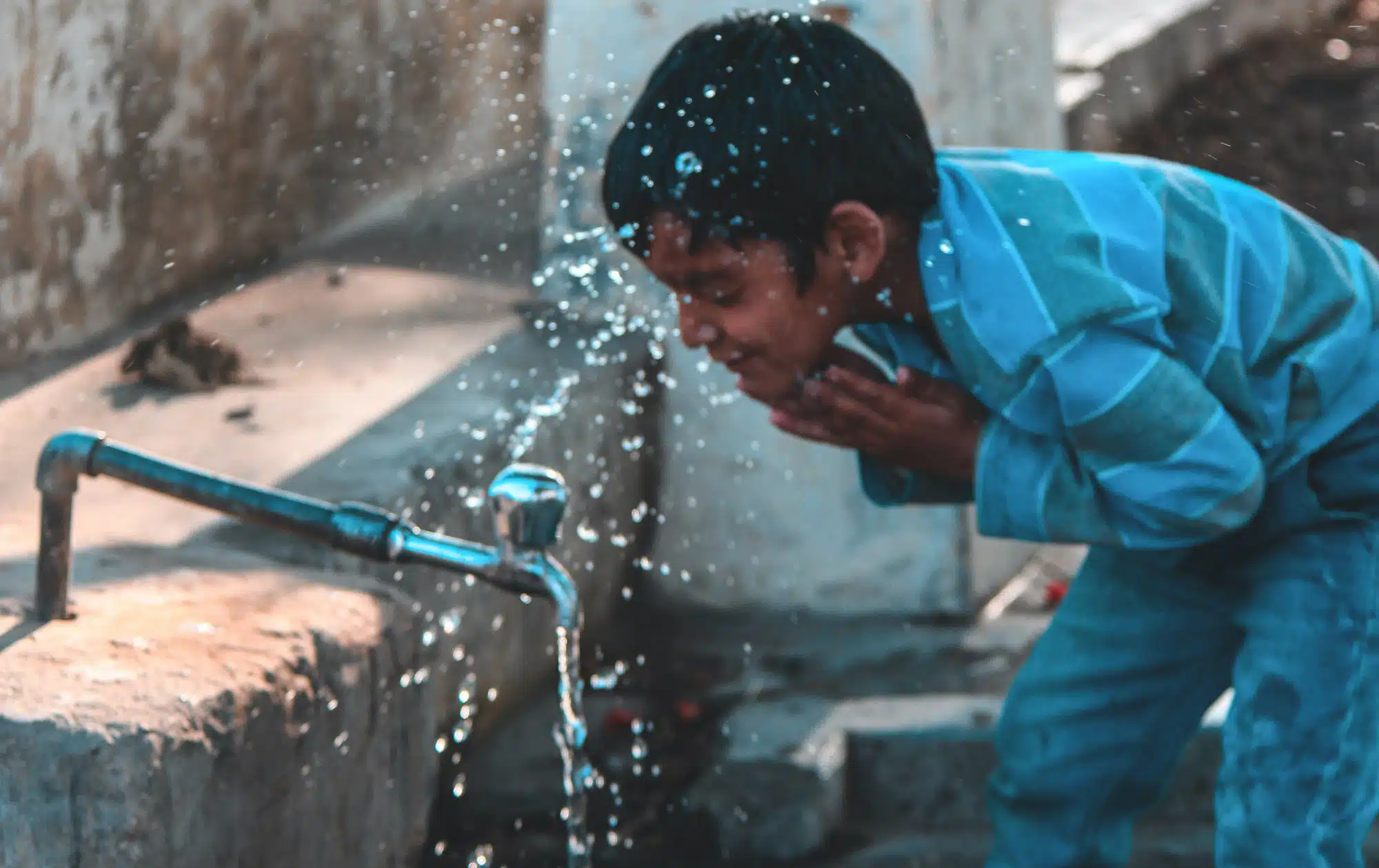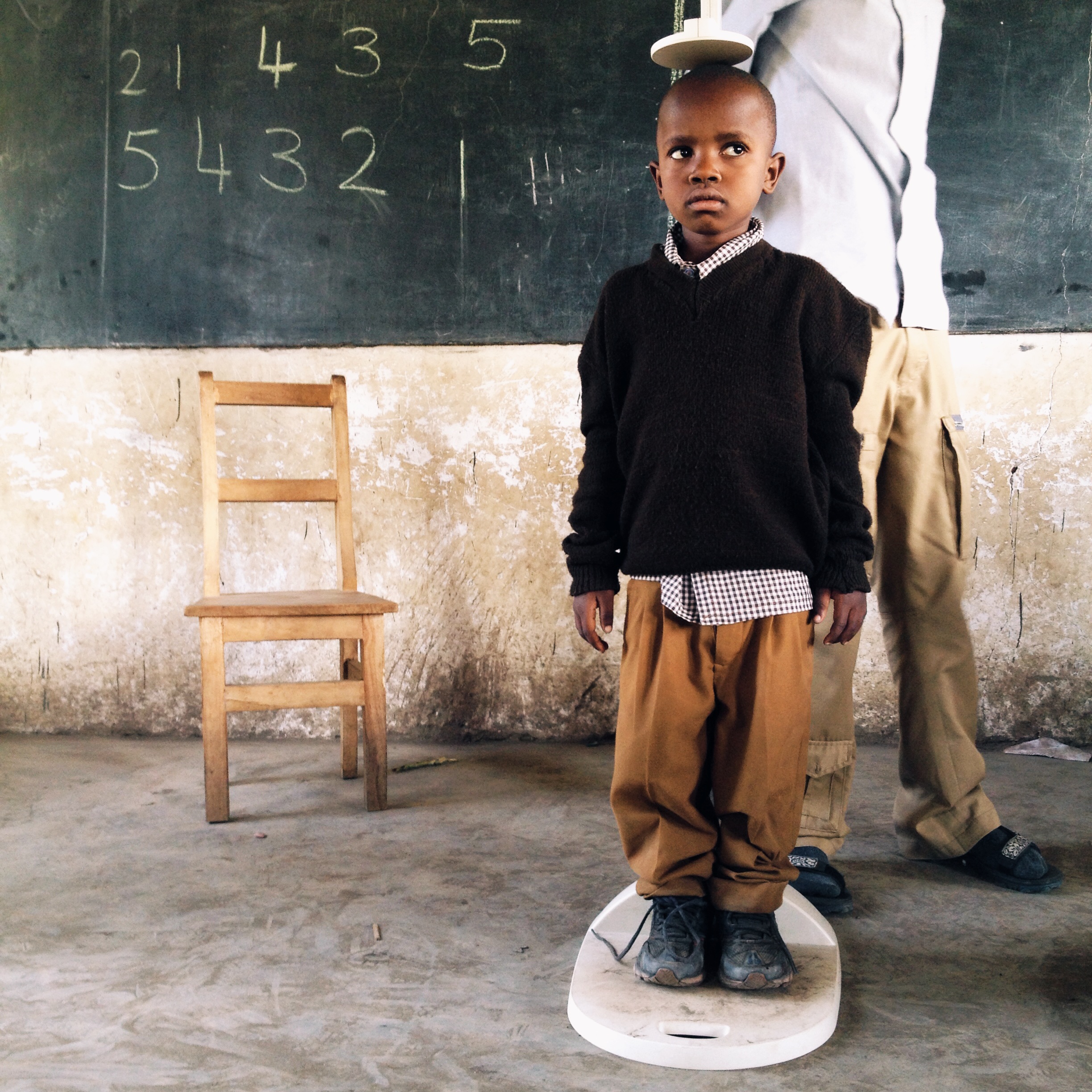
Written by a Convoy of Hope team member
It was 30 minutes before lunch-time, and the two 4-year-olds sitting in the classroom’s front row couldn’t keep their heads up. I knew it wasn’t just a matter of not getting a good night’s sleep. Considering the poor community the boys live in, it’s likely the food they get at school is their only substantial meal of the day — and they’ve only just begun to receive it this week with the start of a new school year. Their hunger and undernourishment make it difficult to stay alert, which means learning in a classroom is nearly impossible.
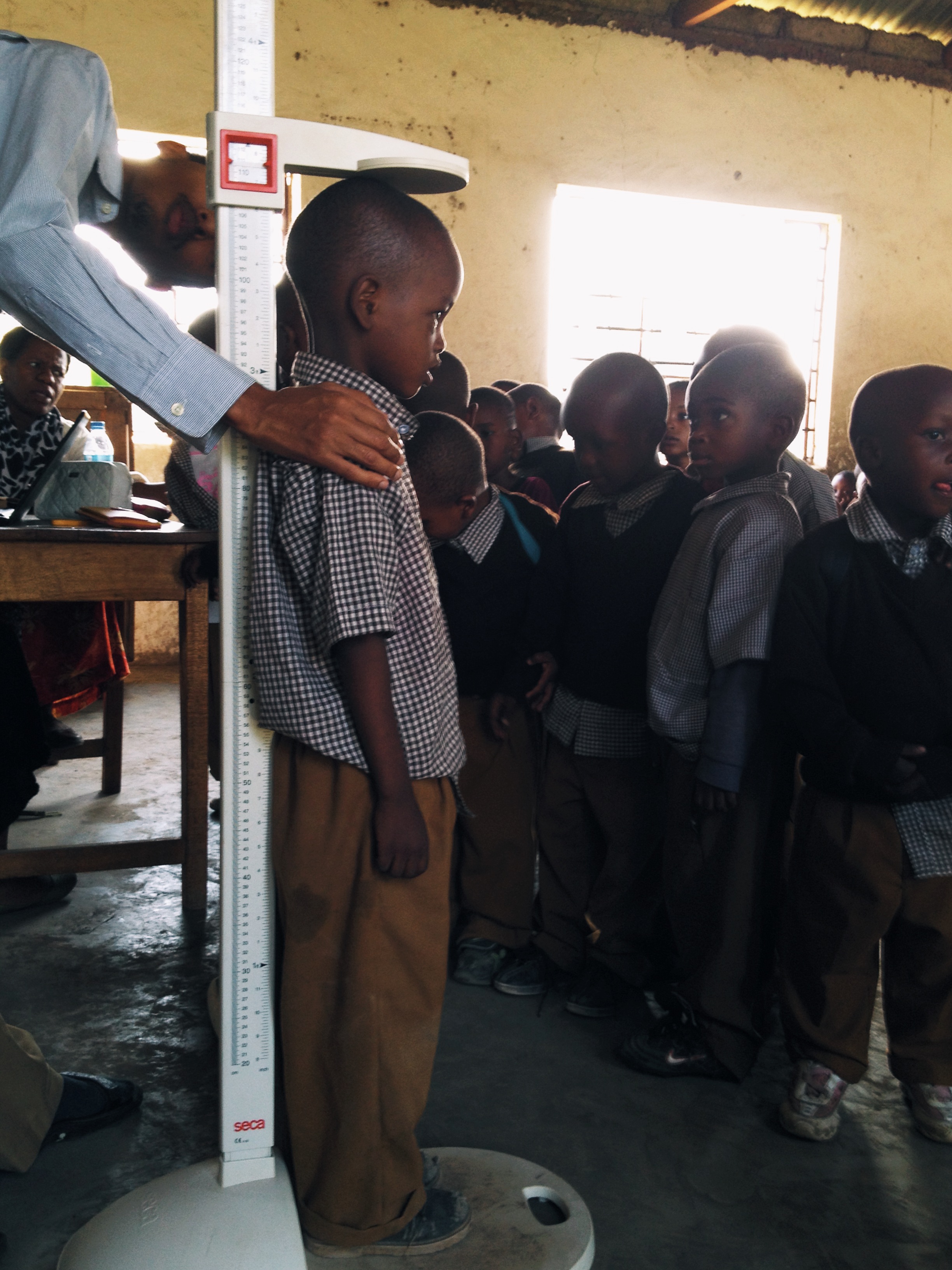
I noticed them while helping our Tanzanian staff take baseline health measurements for the new school year, so thankfully I know this isn’t the end of the story for those two boys. A nutritious meal every day will give them more energy, and by the end of the year we should see physical signs of them coming out of undernourishment.
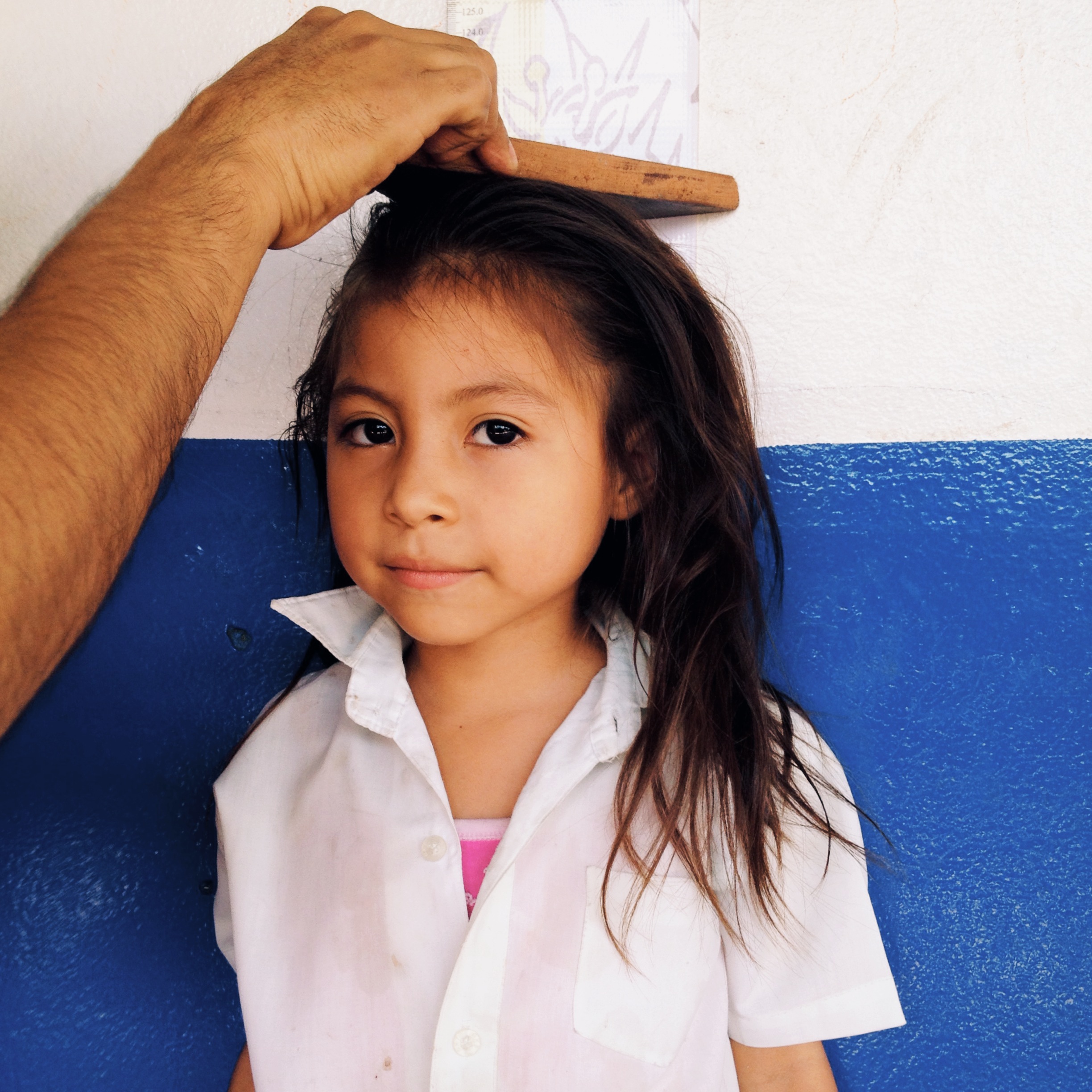
That’s actually why I was there. At Convoy of Hope, we want to prove our impact — not only on those two boys in Tanzania, but on all 146,676 children in our Children’s Feeding initiative in 11 countries. To do that, I’ve been working hand-in-hand the past couple months with our field staff as we roll out our new global monitoring and evaluation system (along with some new technology that will help us collect the data). This lets us report to our partners and donors the impact of their investment, and most importantly it helps us continually improve the programs to help more children, families, and communities.
So far, I’ve traveled to Tanzania, Kenya, El Salvador, Nicaragua, and the Philippines helping conduct health measurements on over 1,500 children in these five countries: just a small percentage of the data our field staff will collect this year. Once all the measurements are taken and surveys are done, the real fun starts (for me, anyway) as we run our statistical analyses.
While I love numbers and think they tell a great story, I know they’re always part of a bigger picture. Seeing the kids’ faces, hearing their histories, knowing where they live — you start to understand their lives and how valuable our programs can be. Nutritious meals, clean water, and vitamins improve health. Good health leads to more education, and both of those mean a child has the chance to live a life free from poverty.
At the end of this year, when the numbers show how many children are no longer malnourished, it won’t be just another stat we report. It’ll be a face, a story, a life changed forever. It’ll be those two boys from Tanzania who are now alert, well-nourished, and receiving an education.
